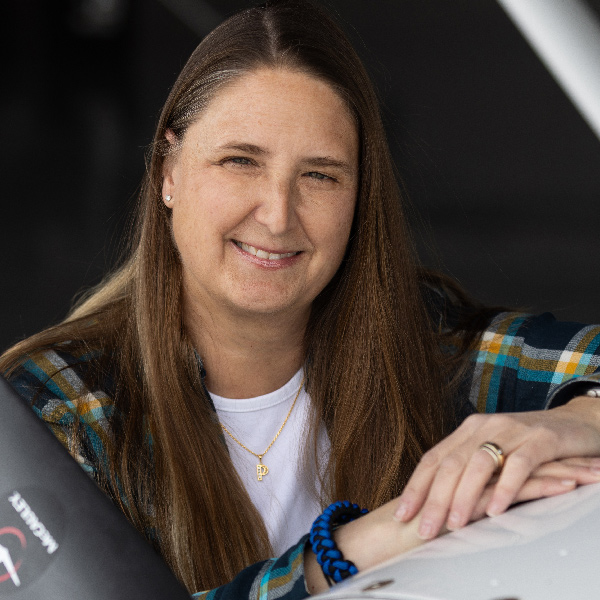Bird Blues
Unintentional meetings at altitude can have bad consequences

The most famous bird strike in aviation history happened in 2009, when a US Airways A320 flew into a flock of Canada geese just after taking off from New York’s LaGuardia Airport (LGA), which caused both engines to malfunction. Captain Chesley Sullenberger and First Officer Jeffrey B. Skiles flew the damaged aircraft to land in the Hudson River. Miraculously, all passengers and crew survived.
But bird strikes happen every day and almost all of them don’t end as spectacularly.
According to the FAA’s National Wildlife Strike Database, between 1990 and 2023 there were 296,613 reported wildlife strikes to civil aircraft in the United States and to U.S.-registered civil aircraft in foreign countries. In 2023 alone, 19,603 strikes were reported, up 14 percent from the year before, with the vast majority being collisions with birds below 2,500 feet agl.
The damage to aircraft runs in the hundreds of millions of dollars annually, and during that time, 83 aircraft have been destroyed in wildlife strike incidents.
Sometimes, there’s a warning on the ATIS, sometimes bird activity is noted in the airport’s chart supplement. Sometimes you see them while you’re flying, and sometimes you don’t.
Learning about bird strikes in theory is one thing, actually experiencing one is another entirely.
In April 2023, it happened to me. I’d just departed Henderson Executive Airport (HSH), south of Las Vegas, and crossed the ridge called “Dutchman Pass.” I was sandwiched between the rugged, uninviting desert mountain terrain that rises to about 5,000 feet msl, and the floor of Las Vegas’ Class Bravo airspace at 6,000 feet msl. It’s not a place you’d want to think about putting down. I’d flown this way before without incident, even if the space is rather snug.
I spotted the bird about two seconds before it hit the aircraft. It was flying from right to left, and initially looked as though it noticed us coming and would pass below us. Unfortunately (for the bird) it miscalculated.
Right after I said “bird,” a white flash hit the leading edge of our right wing with a loud thud, missing our propeller tips by about three feet. The force of the impact made the aircraft briefly yaw right. I looked back to see the bird ricochet onto our tail and then fall to Earth. From the cockpit of our Cessna Skyhawk high-wing aircraft, it was impossible to see if the wing had sustained any damage.
My instructor-rated passenger in the right seat immediately said, “turn back.” We were about 11 nautical miles east of Henderson, and once back through the pass we’d have downsloping terrain straight to the airfield. My passenger radioed Henderson tower to tell them we’d hit a bird, there was no engine issue, and the control surfaces appeared to be working. Nevertheless, he requested priority handling so we could get back on the ground as soon as possible.
After an uneventful landing we parked the aircraft and saw the damage. There was a 12-inch dent and crack in the leading edge. Not terrible, but significant enough to ground the aircraft. Certainly not something with which you want to fly cross-country.
When birds threaten to ruin your day (and, let’s be honest, theirs too!), there are a few things you can do to at least try to avoid such a mishap. First of all, if you’ve got space and altitude—attempt to maneuver away. Most birds don’t have a death wish, so they too will try to avoid you. Just be careful if you’re close to the ground.
Also—keenly heed the warning on the ATIS if there is one, or if you know the airport is in an environment that attracts a lot of feathered fowl.
If something does hit you: aviate, navigate, communicate. Keep flying the airplane as best you can. If there is any doubt as to its airworthiness and controllability, declare an emergency and look to land. Then report it to the FAA on the dedicated website (wildlife.faa.gov/home).
Our unfortunate bird that day over Dutchman Pass thankfully did not fly into the prop, the engine intake, or the windscreen, which could have had considerably more damaging consequences to both the aircraft and the humans on board. But the thud on the leading edge was noteworthy enough for us to sit up a little straighter in our seats, and head for home.



